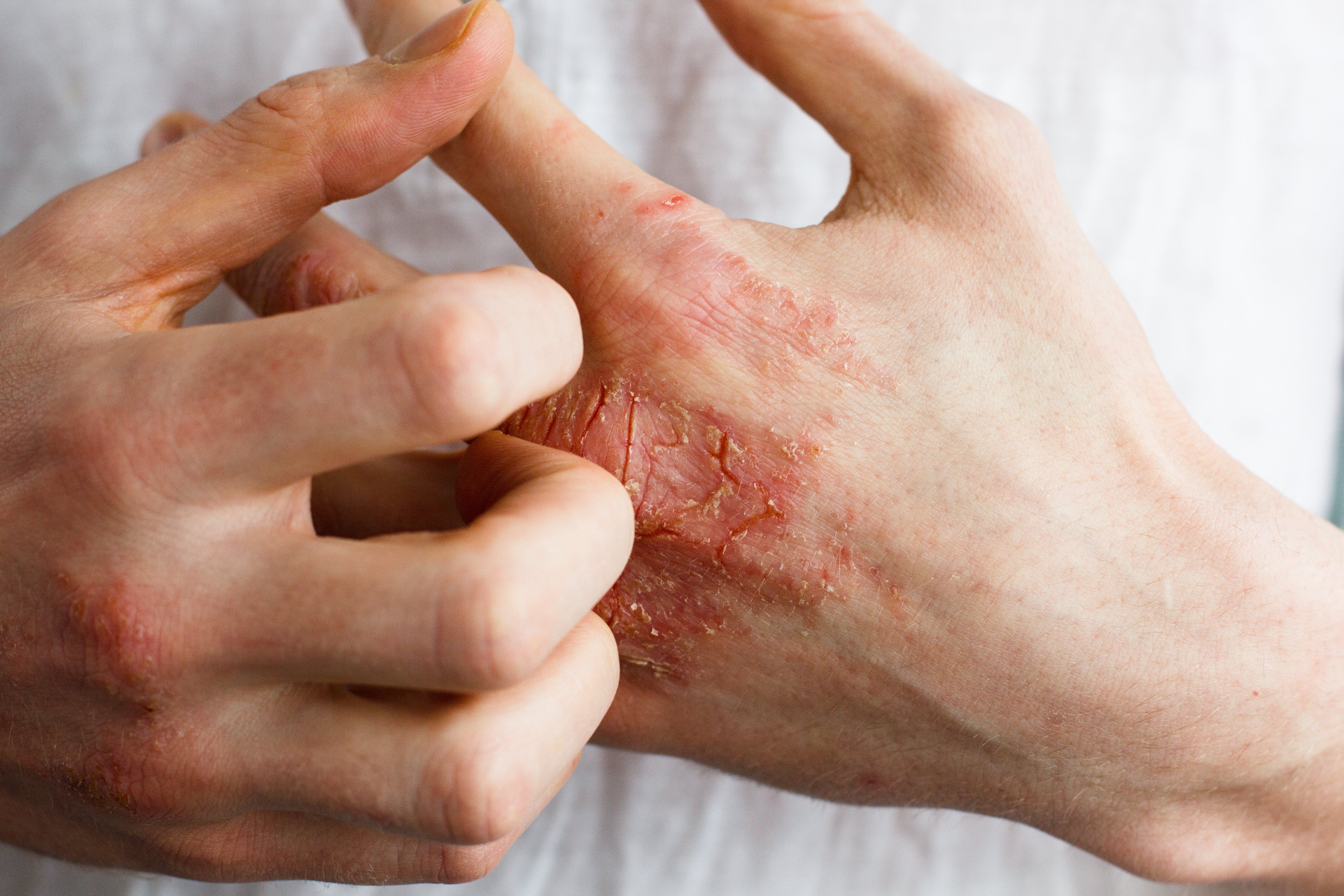- Acne
- Actinic Keratosis
- Aesthetics
- Alopecia
- Atopic Dermatitis
- Buy-and-Bill
- COVID-19
- Case-Based Roundtable
- Chronic Hand Eczema
- Drug Watch
- Eczema
- General Dermatology
- Hidradenitis Suppurativa
- Melasma
- NP and PA
- Pediatric Dermatology
- Pigmentary Disorders
- Practice Management
- Precision Medicine and Biologics
- Prurigo Nodularis
- Psoriasis
- Psoriatic Arthritis
- Rare Disease
- Rosacea
- Skin Cancer
- Vitiligo
- Wound Care
Article
Molecular mechanisms that disrupt the epidermal barrier
Author(s):
Abnormalities in epidermal barrier integrity, affecting factors such as epidermal calcium gradients, filaggrin, cornified envelopes, desquamation of corneodesmosomes and skin lipids, may also influence epidermal barrier dysfunction, according to a recent review.

Abnormalities in epidermal barrier integrity, affecting factors such as epidermal calcium gradients, filaggrin, cornified envelopes, desquamation of corneodesmosomes and skin lipids, may also influence epidermal barrier dysfunction, according to a review that examined molecular mechanisms of epidermal barrier dysfunction as primary abnormalities published February 11 in the International Journal of Molecular Sciences.
RELATED: Defining the skin barrier
Epidermal barrier dysfunction can cause eczema and other skin disorders. Eczema is among the skin conditions that can also damage the epidermal barrier, in what often is a vicious cycle further complicated by immunologic responses and other mechanisms.
Researchers are increasingly studying molecular mechanisms involved in epidermal barrier dysfunction, attempting to identify the causative molecules.
“The data identified in skin disorders caused by monogenic defects related to epidermal barrier dysfunction could provide reliable clues or insight into the mechanisms concerning epidermal barrier dysfunction as primary events,” the authors write.
The authors studied categories of epidermal barrier abnormalities, looking at molecular mechanisms linked to ichthyoses, eczema, or atopic dermatitis, without exacerbation or lesion and early time of experimental irritation.
“Ichthyoses caused by monogenic defects are representative skin diseases associated with primary barrier dysfunction,” they write. “In atopic dermatitis, barrier abnormalities may not be the primary events in lesional skin. However, they can play a role in part as primary abnormalities because abnormalities in the epidermal barrier are already present in non-lesional skin of atopic dermatitis. Epidermal trauma from tape stripping or irritant application also leads to initial disruption of the barrier, although the results at certain time points may be combined with compensatory reactions followed by trauma.”
RELATED: Leaky Gut, Leaky Skin, Or Both?
Among their findings, the authors identified filaggrin and ceramides as having critical roles in skin barrier function based on research of ichthyoses, eczema and experimental conditions.
The authors also identified, through clinical and experimental data of these skin conditions and experimental irritation, causative roles of molecules involved in the formation and homeostasis of epidermal calcium gradients; components of cornified envelopes, Kallikrein-related peptidase/Lymphoepithelial-Kazal-type 5 inhibitor; and molecules in lipids synthesis and transport in barrier hemostasis.
More than one abnormal finding occurs in some conditions, including when abnormal stratum corneum lipid composition is linked to impaired epidermal calcium gradients in keratitis-ichthyosis-deafness, or KID syndrome. Other examples of more than a single abnormal finding include: in aging skin with altered calcium gradients with increased skin pH and cornified envelope rearrangement; in eczema with loss-of-function mutations in filaggrin; and in Netherton syndrome with increased activity of transglutaminases gases 1, or TG1, and serine proteases.
While most of their findings were episodic and at times derived from experimental conditions, the authors write that more evidence-based systematic data of target molecules and their interactions might improve understanding about the molecular mechanism underlying the dysfunction of the epidermal barrier.
Disclosures:
No conflicts of interest reported.
References:
Lee AY. Molecular Mechanism of Epidermal Barrier Dysfunction as Primary Abnormalities. Int J Mol Sci. 2020;21(4)











